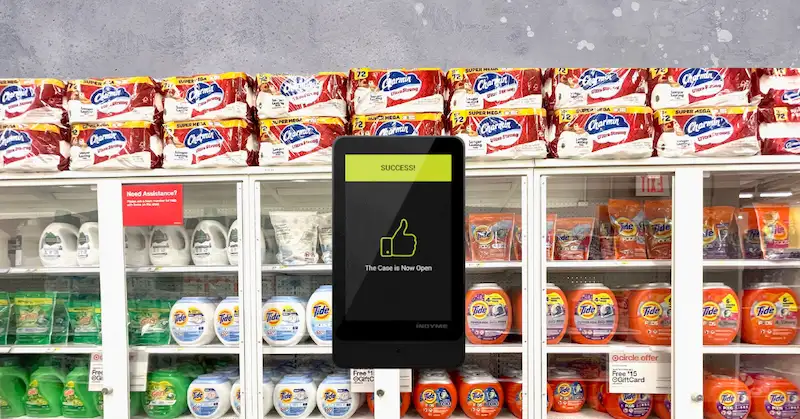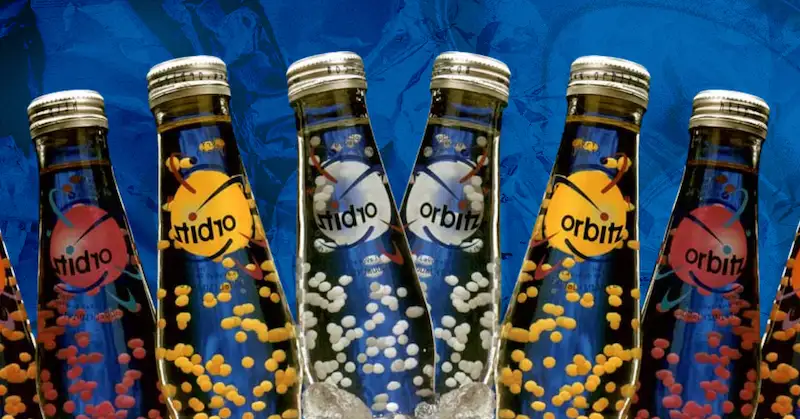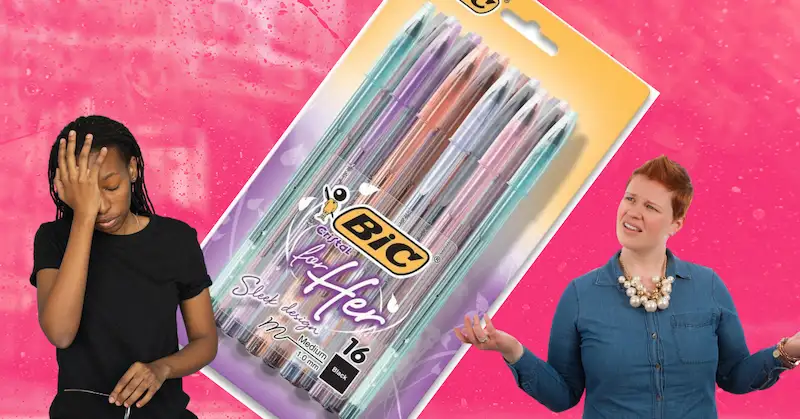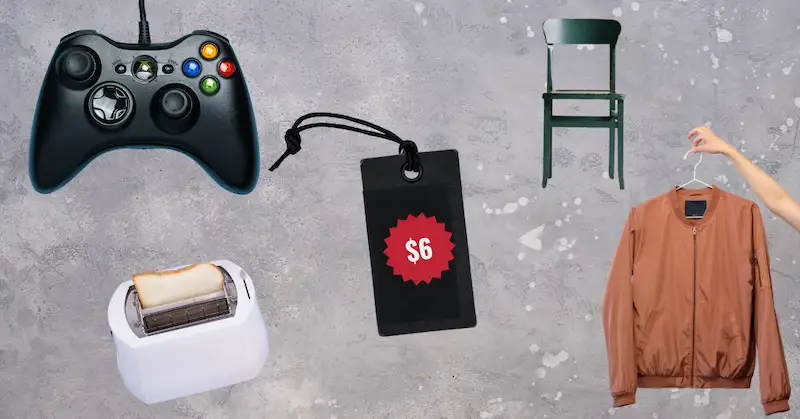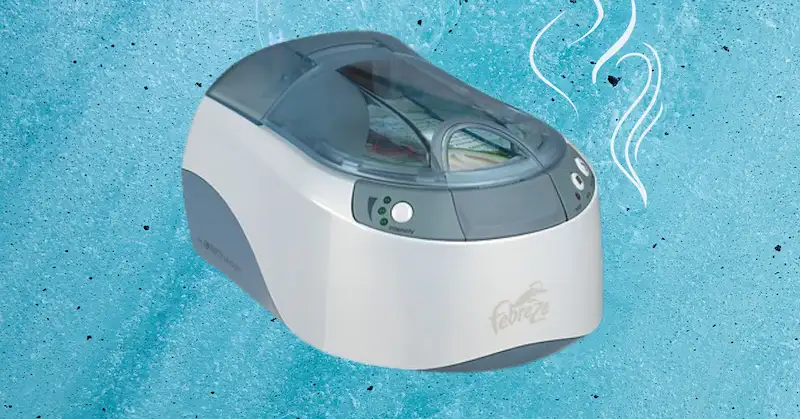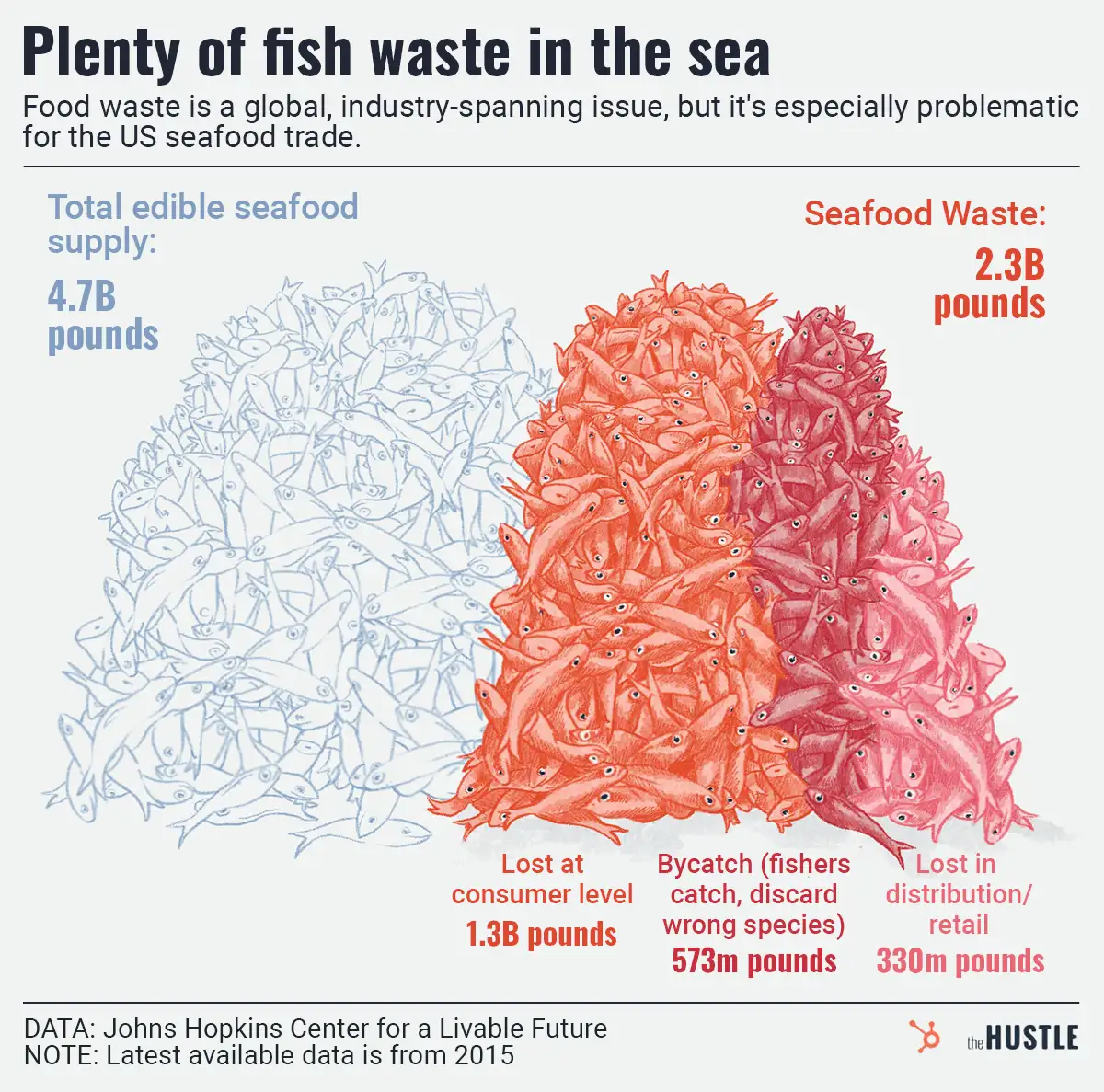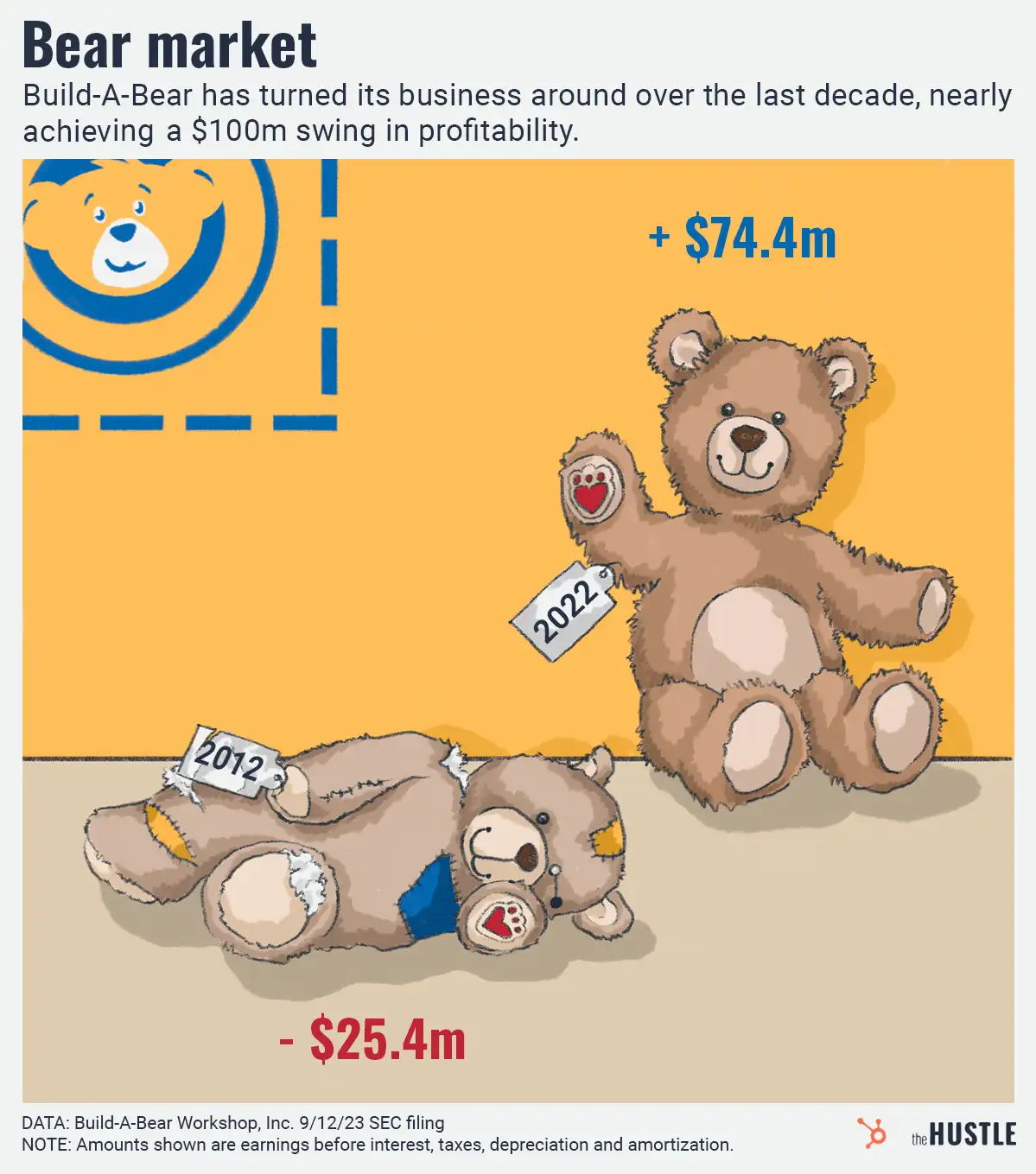If you’ve ever been to a conference, you probably got a branded tote bag filled with branded swag: T-shirts, keychains, mini-flashlights, water bottles, etc. (Shwaaaag, as Russ Hanneman would say.)
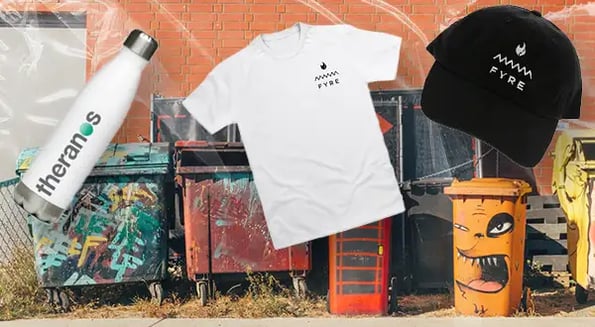
SwagUp founder Michael Martocci told The Information that his average customer spends ~$25k annually on swag, while larger companies can drop millions.
But what happens to it all if a company fails?
Well, it depends
Most items are trashed or donated. But if it could be seen as a historical artifact or a collector’s item, it might fetch a high price.
- Christina Warren collects swag from companies that ended disastrously. She told NPR that she prizes her Fyre Festival T-shirt, but she’s hoping for something authentic from Theranos.
But she’s not alone — a Theranos pullover sold on eBay for $499. (Too much? There’s this Theranos water bottle for $220.)
Beyond startups
To sell merch immediately following the Super Bowl, the NFL prints T-shirts, hats, and other items celebrating both teams’ victories. Through a partnership with nonprofit Good360, the NFL donates the loser’s stuff to countries where people need clothing.
After a failed political campaign, materials that can’t be repurposed for future runs end up in storage, the trash, or, again, in other countries, per The New York Times. Like startups, it depends on the context.
Mitt Romney 2012 hats were shipped off to Kenya. But Steve Ferber, VP of Lori Ferber Collectibles, told the NYT that buttons from socialist Eugene V. Debs’ 1920 campaign can sell for up to $1k.
BTW: Love dead companies and products? The Museum of Failure highlights those that failed to flourish, like these Nike sunglasses that required you to glue magnets to your face.

